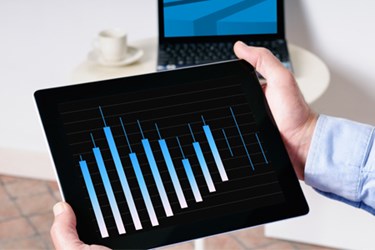Hospitals, Patients Benefitting From Remote Patient Monitoring

By Katie Wike, contributing writer

Faced with Medicare fines, hospitals are leveraging remote patient monitoring to reduce readmissions as well as follow patient progress
Hospitals are using remote patient monitoring (RPM) to monitor recently discharged patients, patients with chronic conditions such as dementia or diabetes, and patients who have had devices such as pacemakers, cardioverter defibrillators, and cardiac resynchronization therapy systems implanted. RPMs have taken on a renewed importance for healthcare providers as a result of hospitals facing financial penalties from Medicare because of their high readmission rates.
The New York Times reported that, to help reduce rising Medicare spending, more than 2,000 hospitals were penalized in 2012 because their readmission rates were higher than allowed by the Affordable Care Act. The Times reports, “With nearly one in five Medicare patients returning to the hospital within a month — about two million people a year — readmissions cost the government more than $17 billion annually.”
Medicare pays when patients are admitted the first time, then hospitals are paid again when the same patients return. Under this pattern, hospitals had no incentive to make sure patients didn’t wind up being admitted again in a short period of time. Now faced with penalties, healthcare providers are making a greater effort to keep patients from returning shortly after their initial discharge. RPM is being used to keep track of patients’ conditions after they leave the hospital, in turn alerting doctors when there is a real need for readmission or if the condition has improved.
Healthcare Finance News reported that an RPM program at Geisinger Health Plan reduced readmissions by 44%. Automated phone calls monitored how patients were feeling after their release and notified nurses to any needed direct follow-up. A survey of Geisinger case managers found that 85% of respondents believed that the combination of the telehealth technology and closer monitoring of patients helped reduce hospital admissions.
By implementing RPM programs, healthcare providers are reducing the number of patients that are readmitted, thereby avoiding financial penalties. An added benefit of RPMs is the financial savings realized by the patient, as well as the elimination of stress during their recovery due to recurring hospital visits.
